Transplanting seedlings, or pricking out, is an important step in the process of growing. You need to time it right and it may differ but this depends on the plants being grown. This guide will explain what it is, how to do it, and why to transplant seedlings.
Why transplant seedlings?
Pricking out or transplanting is when seedlings are separated from growing together in trays to be transferred into their own space. They can be moved to larger trays or small pots.
Transplanting seedlings gives them sufficient room to grow healthily. With more space, they will also have more nutrients and moisture at their disposal.

When to do it
With flowers and vegetables, wait until the seedlings have developed their first pair of true leaves.
True leaves are those that look like and function as leaves. When a seed is first planted, the first leaves look different from the true leaves. Because their purpose is to provide food that’s been stored for a short period of time.
On the other hand, true leaves are the ones that photosynthesise to provide food for the plant for the rest of its life. Therefore, it’s important that there are enough true leaves, so the plant can get sunlight for efficient and effective photosynthesis.
Some seedlings will be ready to transplant within 4 weeks of sowing. But don’t be fooled by how tall the seedling is. It matters more about how many true leaves there are. Generally, seedlings tend to be around 2-3 inches high when they are ready to be transplanted.
Most salad crops in the veg garden will happily be transplanted into small plug trays. However, larger seedlings, like those of brassicas or tender crops, are best to transplanted into their own pots.
Larger seedlings in their own pot may benefit from being repotted once more before being planted out into their final position.
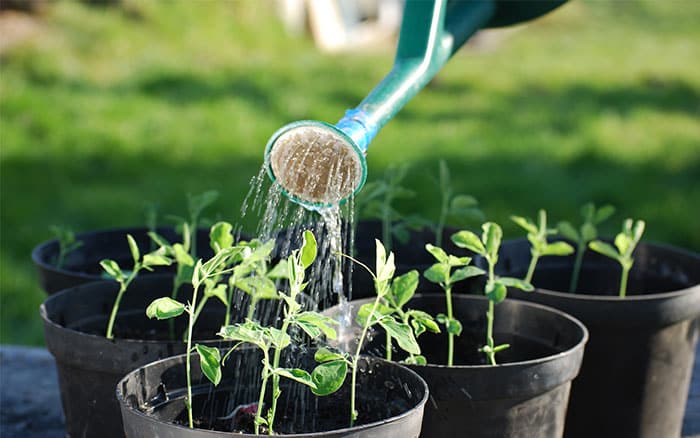
How to transplant seedlings
Gently use a pencil to lift the seedlings up by the roots. When handling the seedling, it’s best to handle by the leaves as these can grow back. If handling by the stem, this can crush it if it’s too delicate.
Fill small pots or trays with peat-free multi-purpose compost and use a pencil to make a hole. Lower the seedling down so the compost is just below the level of the true leaves.
If the seedlings are larger, it’s ideal to plant them up into their own pots.
When secured in place by slightly firming in the peat-free compost, water the seedling in well. Place in a spot where they will get sufficient warmth and sunlight such as on a bright windowsill, in a propagator or greenhouse.
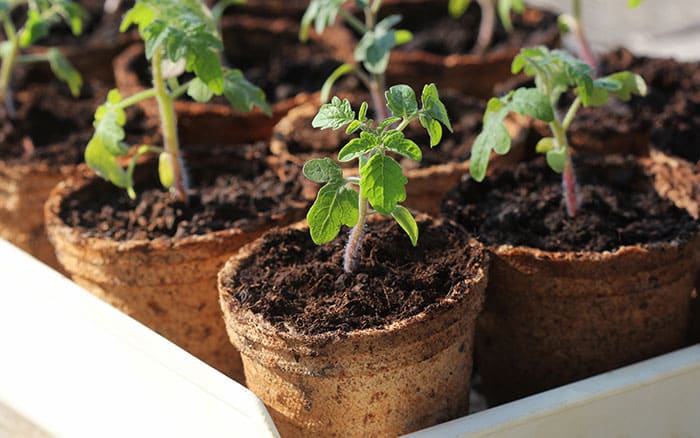
Transplanting or pricking out seedlings is an important step in growing. Choose the right time and handle the seedlings correctly to give them the best chance of thriving.
David Domoney is a Chartered Horticulturalist, Broadcaster, and Author. David has worked with a number of the UK’s leading garden retailers as a plant buyer and strategic consultant. With more than 30 years experience, in horticulture, David is as passionate about plants now as he was when he bought his first plant at a village fete.

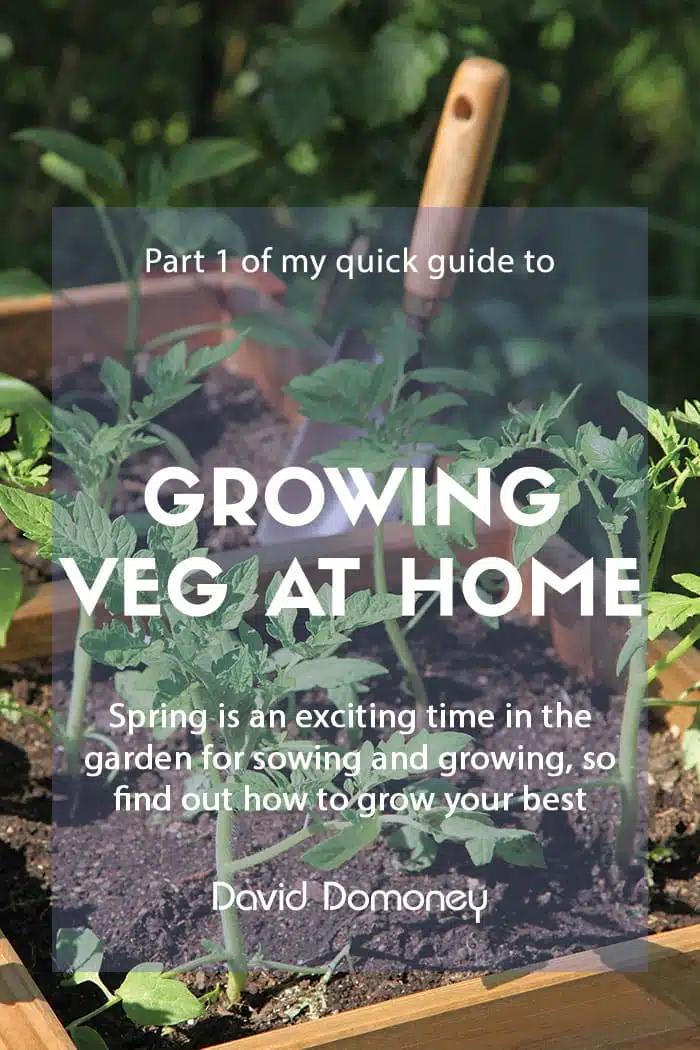
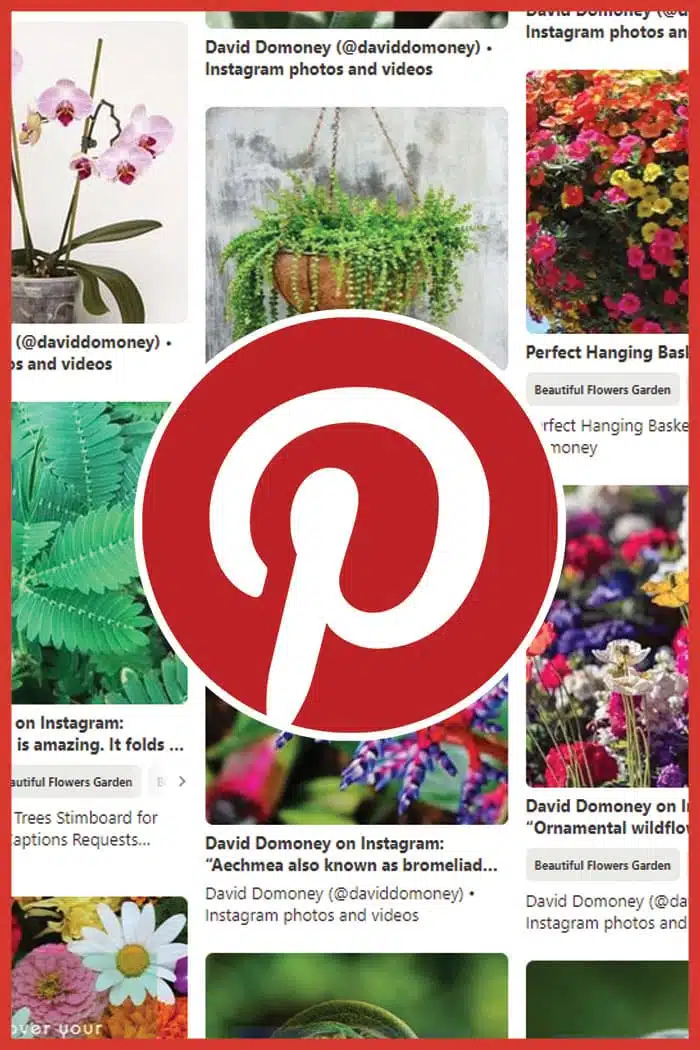

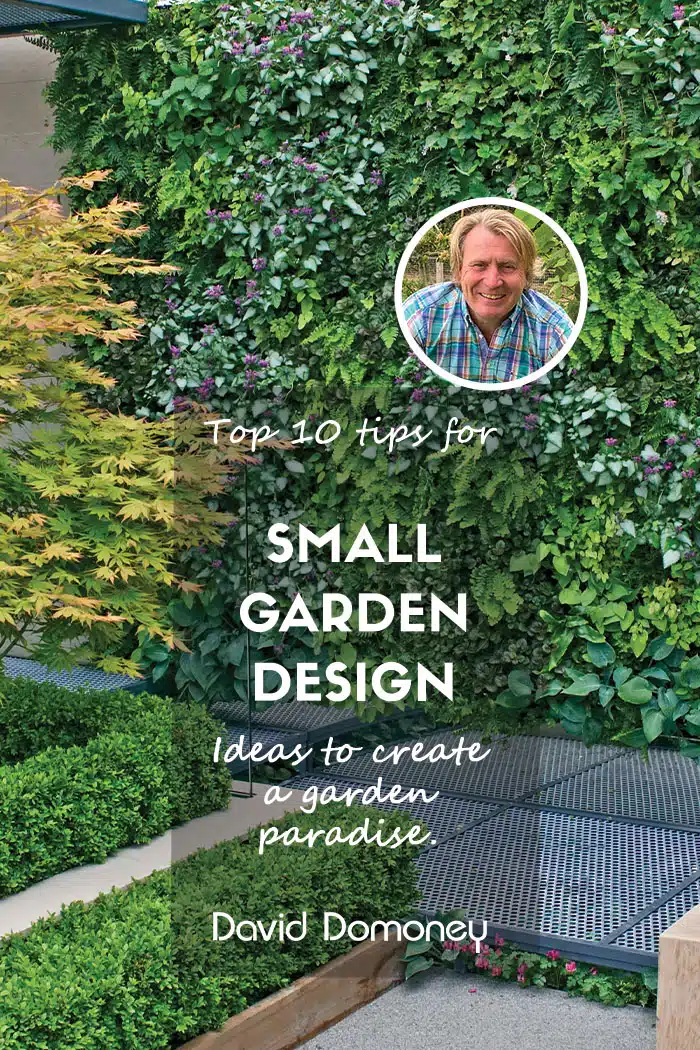
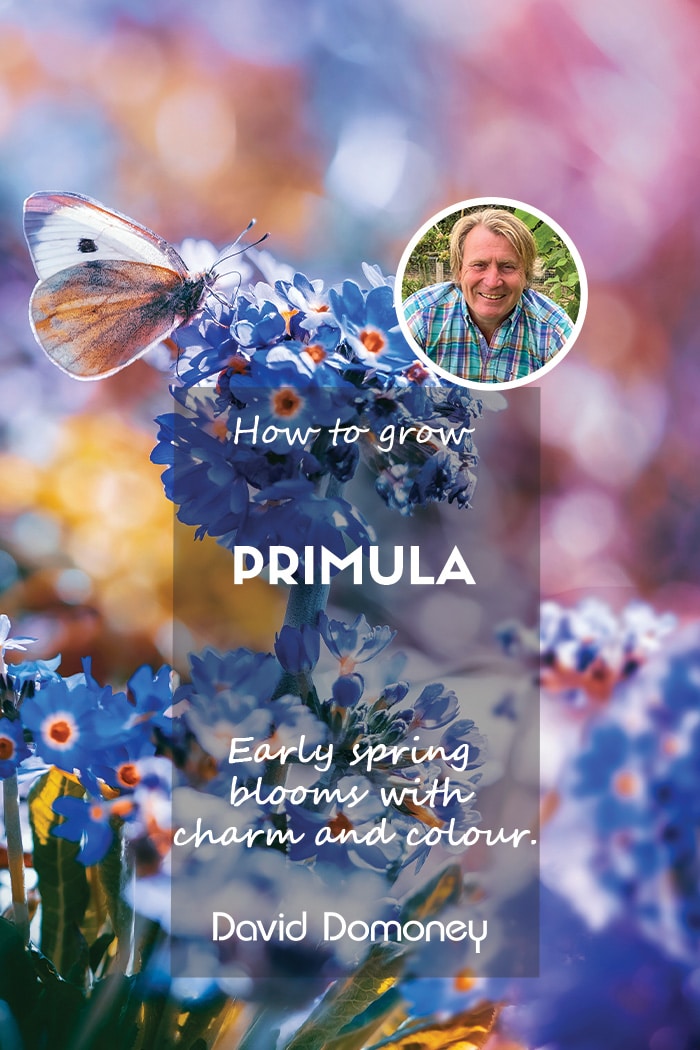

Leave A Comment